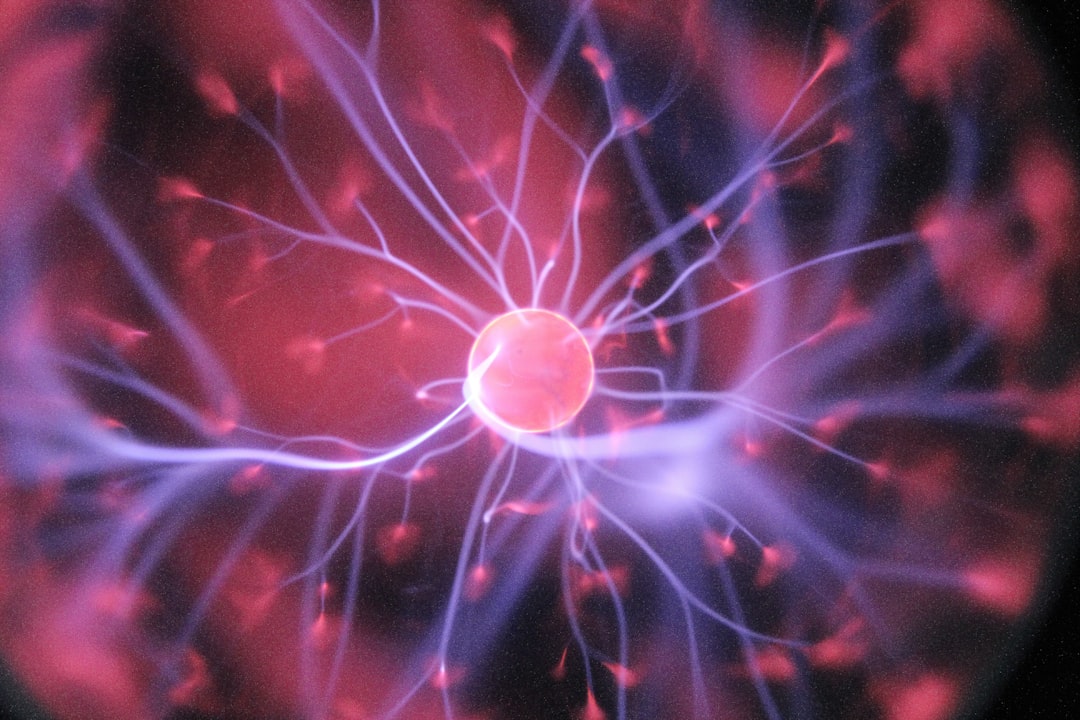What is it about?
Optical beam falling at the interface does not shift at all under normal incidence. Is it possible to achieve the anomalously large shift at 1 or even 0.1 degree of incidence? For the first time, we say "yes", develop the extended theory of optical beam shifts and exhibit novel and rich extraordinary physics.
Featured Image

Photo by Daniele Levis Pelusi on Unsplash
Why is it important?
For decades, hundreds of scientists published thousands of papers related to optical beam shifts. Nevertheless, we have revealed a new case not discussed before. In particular, we discover the anomalous spatial Goos-Hänchen shift under small incident angles, which is commonly known to exist under total internal reflection conditions (large incidence angles). Moreover, it becomes possible to achieve both longitudinal (Goos–Hänchen) and transverse (Imbert-Fedorov) shifts simultaneously, because their anomalous peak is directly connected to the geometric Berry phase singularity.
Perspectives
We believe this work brings fundamentally new understanding and opens up new avenue for physics of optical beam shifts, photonic spin Hall effect and spin-orbit interactions of light. A number of novel phenomena and applications are waiting for the theoretical discoveries and experimental implementations.
Dr. Oleh Yermakov
V. N. Karazin Kharkiv National University
Read the Original
This page is a summary of: On anomalous optical beam shifts at near-normal incidence, APL Photonics, October 2022, American Institute of Physics,
DOI: 10.1063/5.0111203.
You can read the full text:
Contributors
The following have contributed to this page










